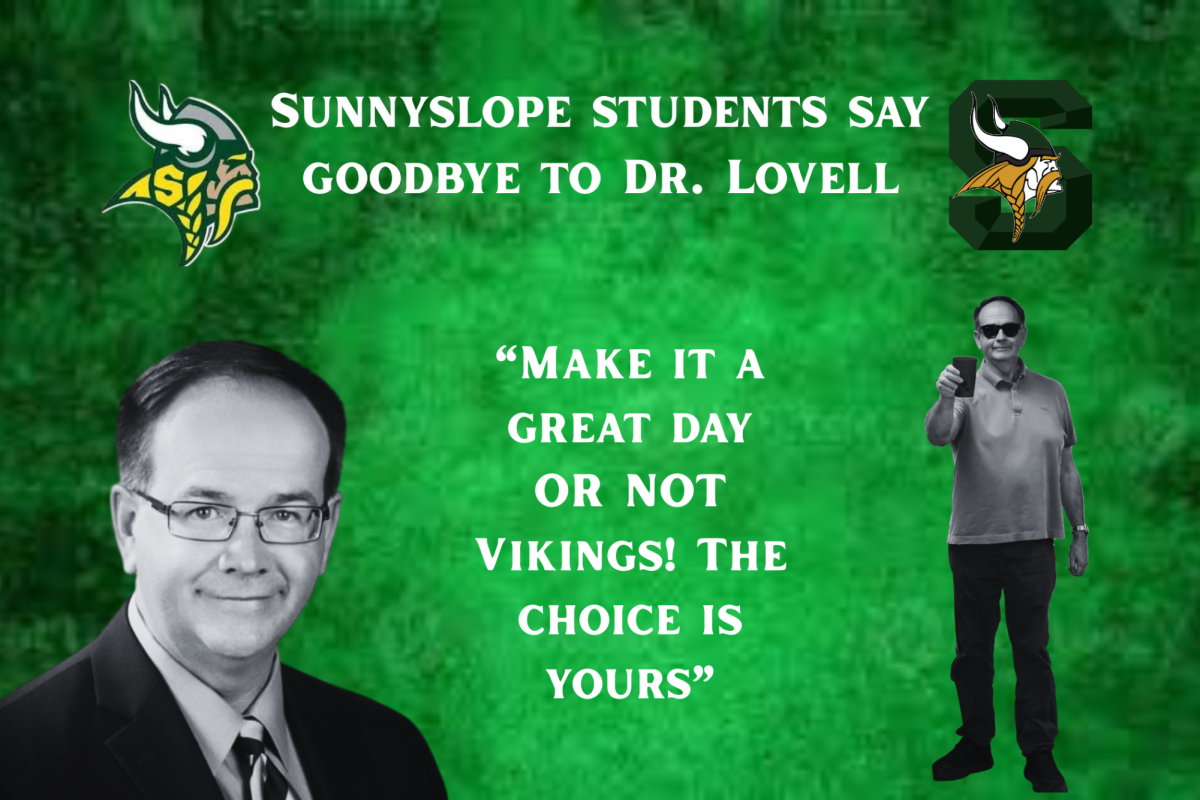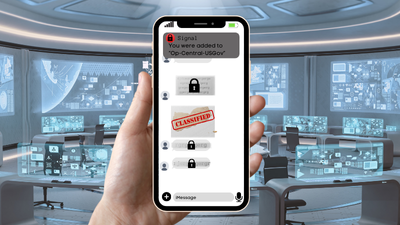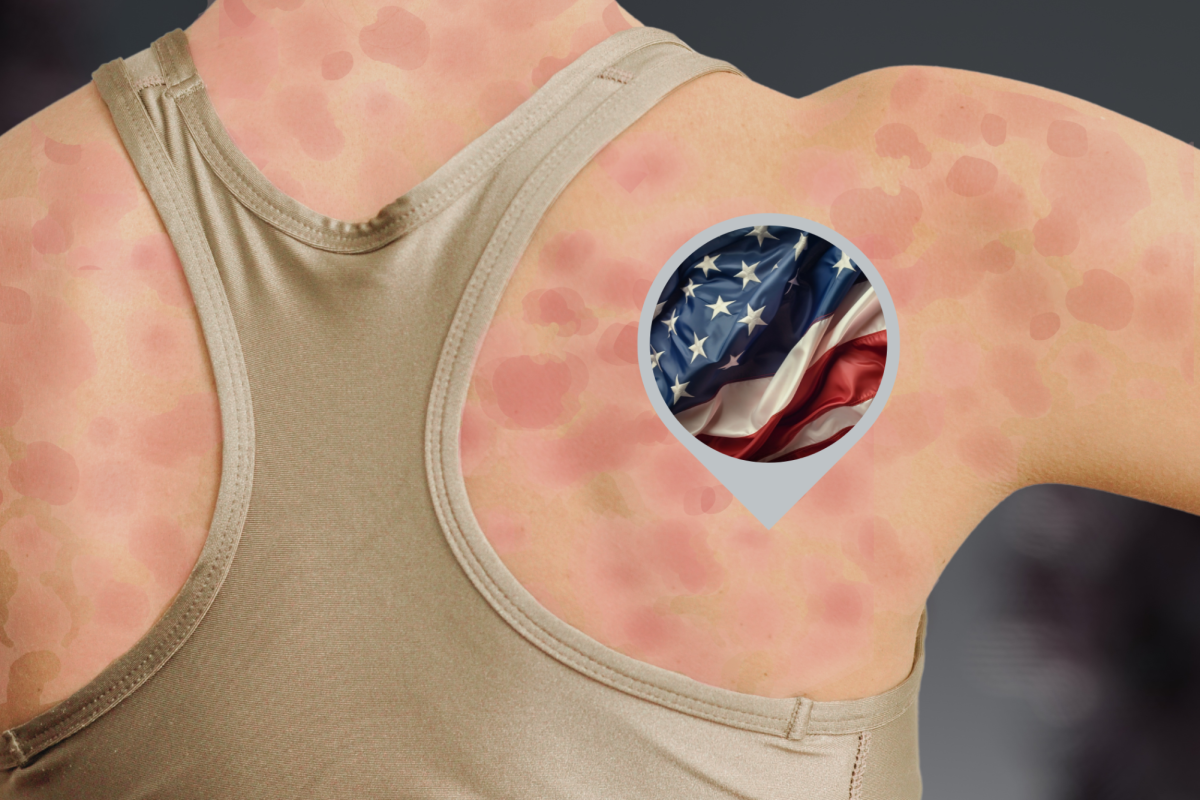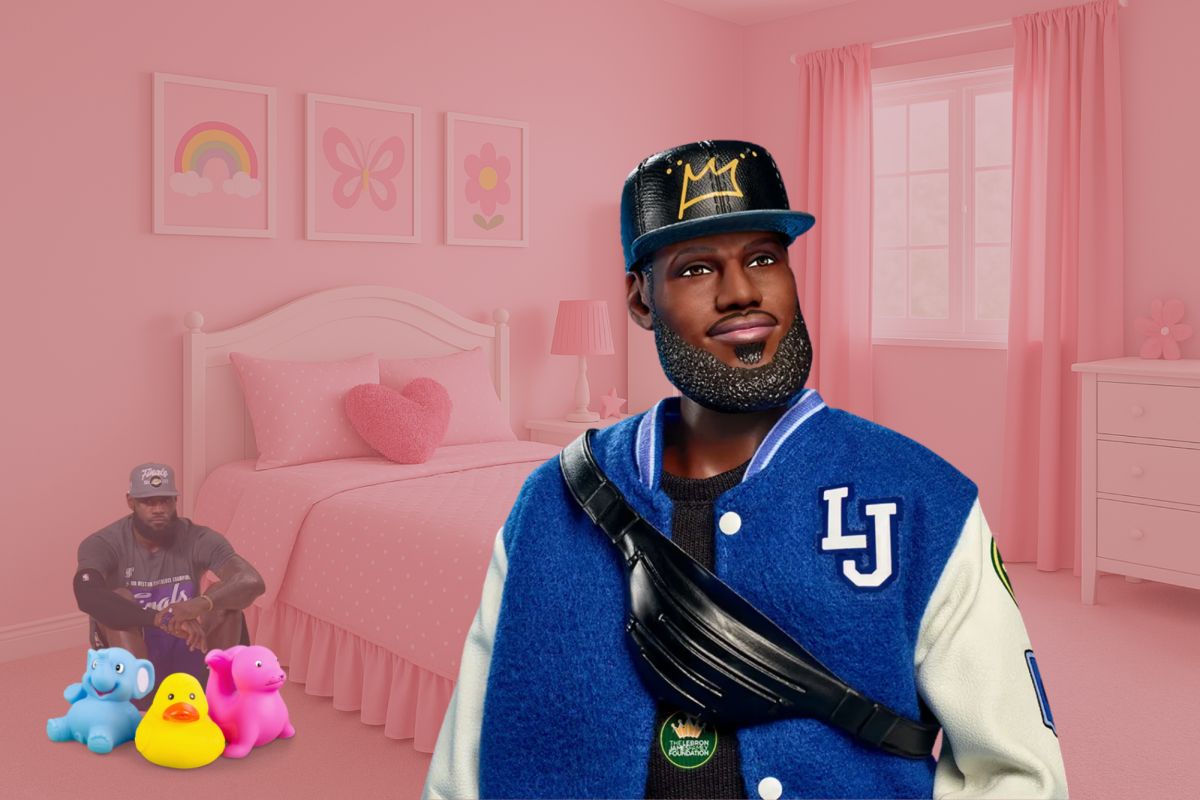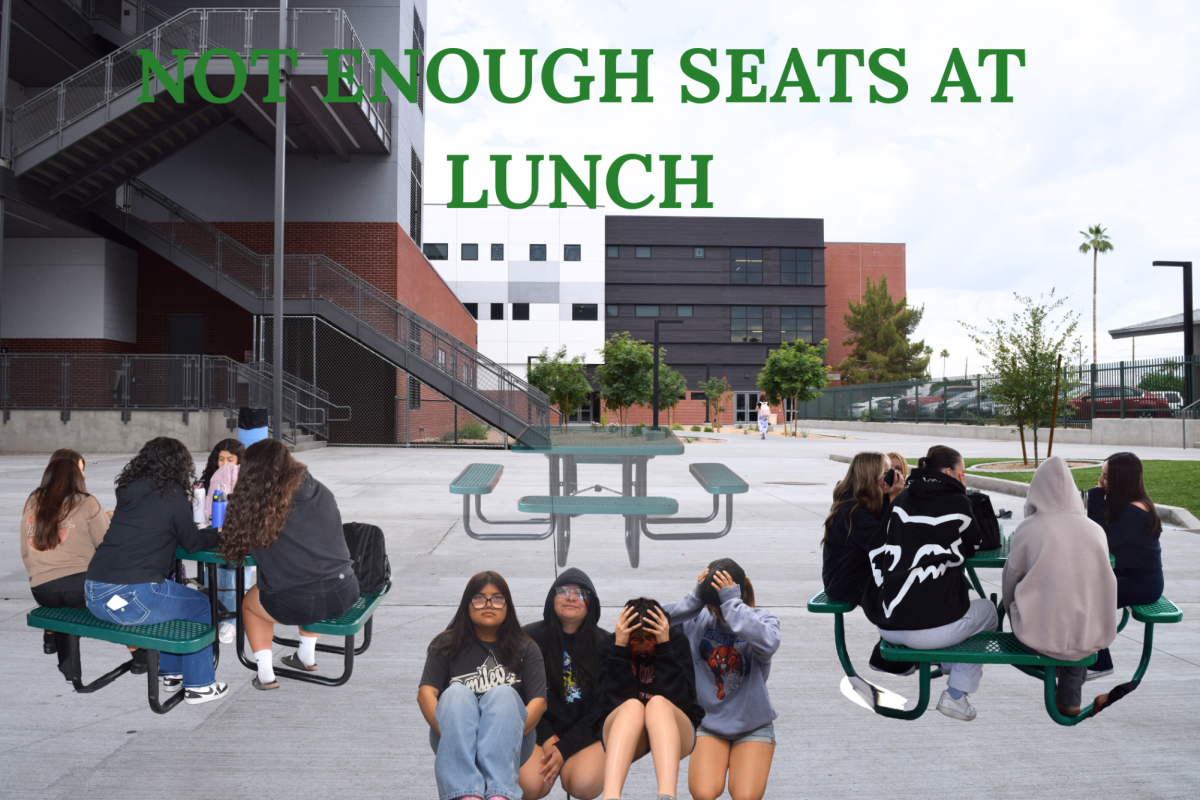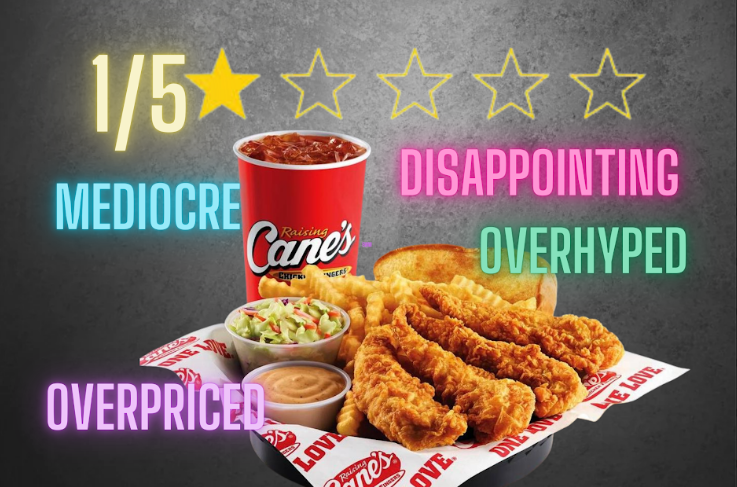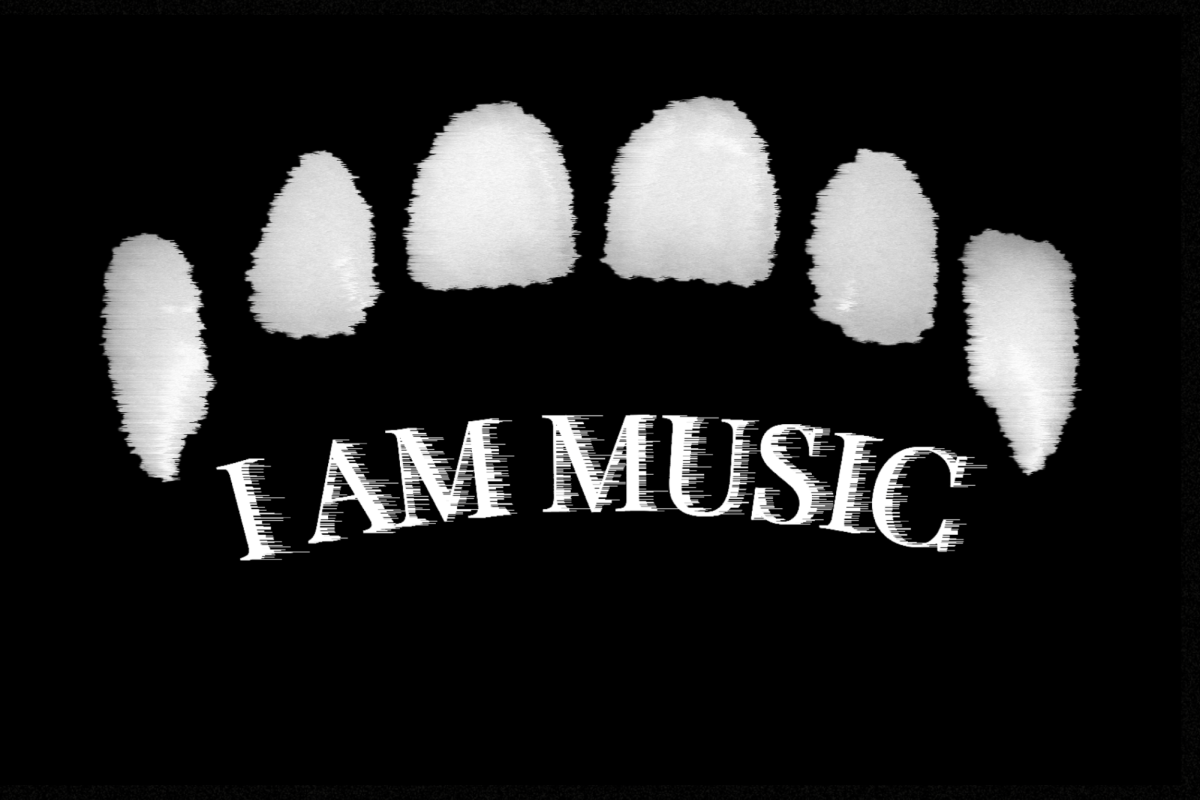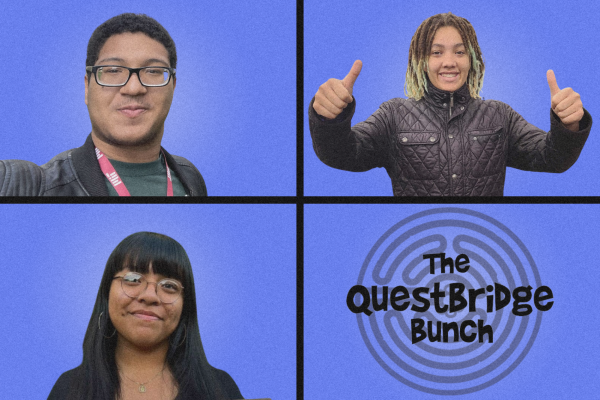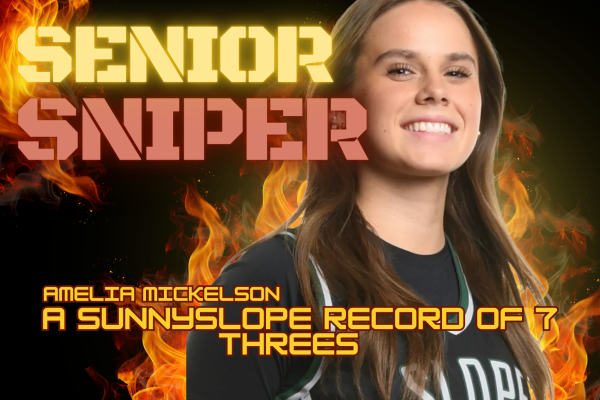Opinion: Phoenix engenders and embraces nefarious technology
April 6, 2023
Phoenix City Council and Mayor Kate Gallego signed a 5 year contract to give the Phoenix Police Department’s Drug Enforcement Bureau access to cell phone tracking technology on March 1 according to the official minutes of the council meeting that day.
The technology, Tactical Signal Collection System (or TSCS) is the product of a company called Tactical Support Equipment Incorporated.
TSCS provides a way of tracking people through their cell phones, and its purpose was described as such in the City Council minutes: “This TSCS will help support the Police Department’s public safety objectives by having the capability to locate victims and apprehend targeted offenders and criminals by way of cellular signals from cellular towers and devices.”
This development may sound fairly innocent at first, but a look behind the scenes at the use of technology like this in the past reveals a more sinister reality.
Cell phone tracking technology like this is nothing new with police departments, as it has been present in some since 1995.
“Stingray” is the broad title given to most of these systems, and while their intended use is for public safety, they have become a weapon for harmful stereotyping and discrimination in recent years.
The article, “Racial Disparities in Police ‘Stingray’ Surveillance, Mapped” by George Joseph of Bloomberg in 2016 dives into this further and uncovers some troubling results.
According to Joseph, “In Baltimore, Maryland, 90 percent of Stingray incidents mapped occurred in majority non-white Census block groups, where residents are overwhelmingly African-American. Seventy percent occurred in Census block groups where the median annual income was less than the city’s median annual income of $41,819, per 2014 Census data.”
This discriminatory use of such technology is also present in Tallahassee, Florida and Milwaukee, Wisconsin, as reported by Joseph.
Adding to the questionable uses of this technology is the fact that a majority of the time, it is being used to track low level criminals for petty crimes, not true threats to public safety.
“Between 2007 and 2014, of all Stingray uses by the Baltimore Police Department and the Tallahassee Police Department, 49.8 percent and 26.3 percent, respectively, related to cases of theft.. Homicide or murder cases (attempted or otherwise) during these same time periods made up just 13.9 percent of Tallahassee Police cases, 8.9 percent of Milwaukee-area law enforcement cases, and 12 percent of Baltimore Police,” explained Joseph.
So not only is this technology being used to further discriminate against minorities and low income Americans, but the “crimes” it is attempting to stop are nowhere near major threats to public safety.
However, the technology itself is just one part of what makes this problem so scary to Phoenix residents, specifically those of color.
The second is the ugly track record with gross misconduct that the Phoenix Police Department already has.
In fact, in an article by Gary Hatcher of ABC News in March of 2022, it was found that Phoenix had the highest rate of deadly police encounters out of the ten largest cities in the U.S.
The margin between these cities and Phoenix wasn’t even close: Phoenix had more than double the rate of deadly encounters than any other city on the list.
So, when it comes to misconduct and the abuse of power, the Phoenix City Police are no strangers at all.
With all these pieces now laid out, the bigger picture becomes clear.
Phoenix’s mayor and city council gave precise cell phone tracking technology – which has been proven to be used in discriminatory ways – to the deadliest police department in the country.
People of Color living in Phoenix now have the ability to be tracked very accurately on their cell phones by a police department that ranks number 1 in deadly encounters.
Not to mention, African Americans were already three times more likely to be killed by police than white Americans from 2012 to 2022, according to Hatcher’s ABC article.
Overall, it’s clear that TSCS is another in a long line of steps backwards for the Phoenix Police Department in terms of creating a positive relationship with the people they are sworn to protect.




